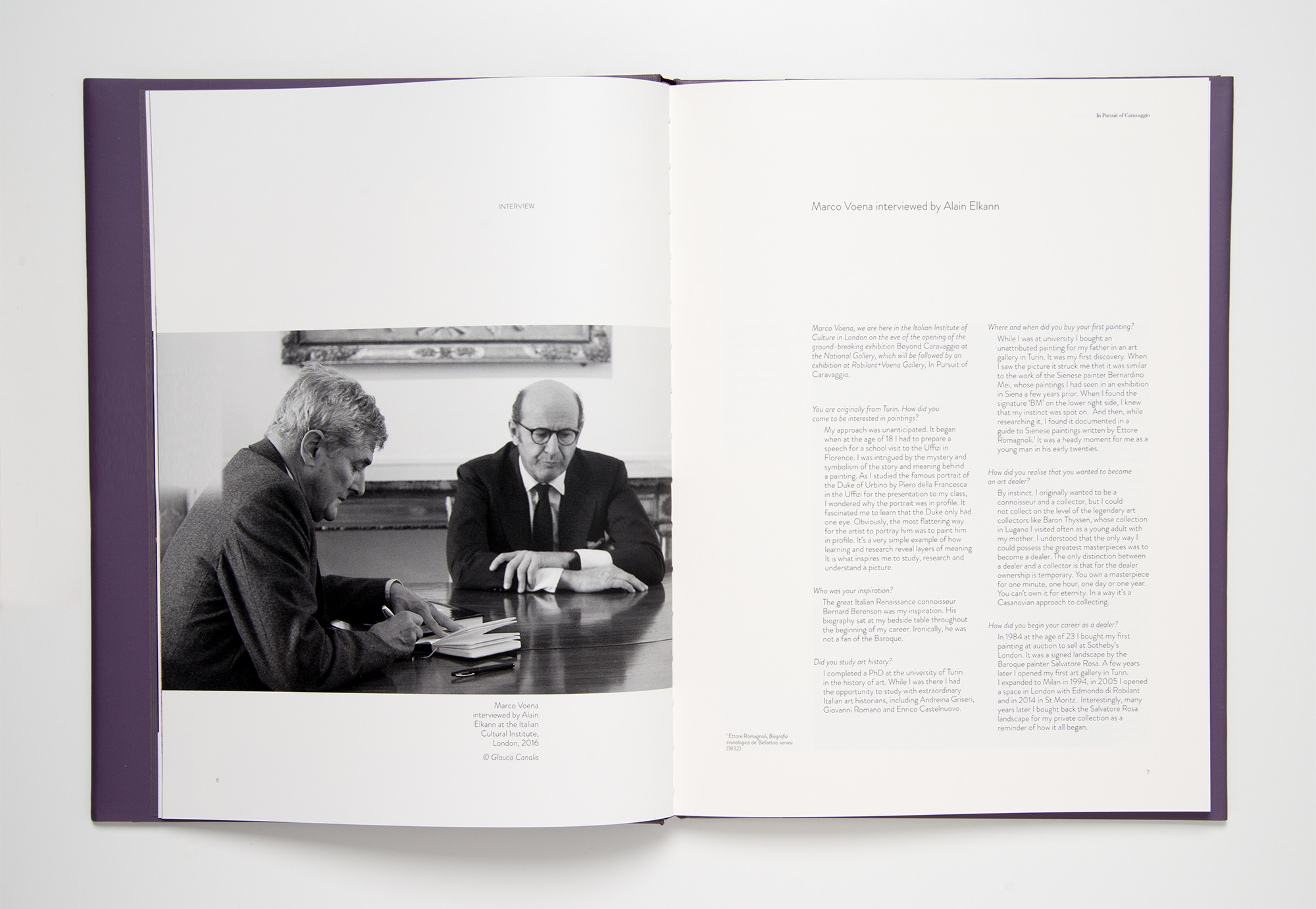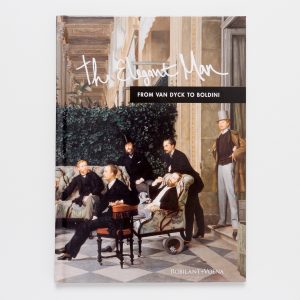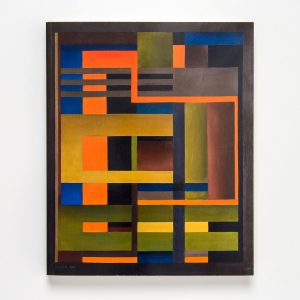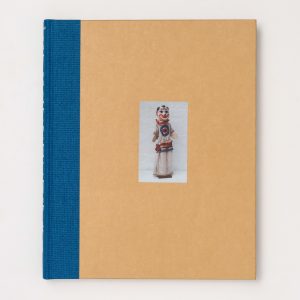“when Caravaggio, at the height of his fame, left Rome in 1606 artists adopted the tenets of Caravaggio’s art, giving birth to one of the most expressive and beautiful artistic movements of all time”
The years following Michelangelo Merisi da Caravaggio’s arrival in Rome in the late summer of 1592 were transformative in the history of western art. Caravaggio landed in the Eternal City and both scandalised and delighted artistic patrons with his brutally naturalist style. His manner was revolutionary and stood counter to the classical idealism of traditional Roman painters. His influence was profound and he quickly garnered a following of both artists and patrons.
When Caravaggio, at the height of his fame, left Rome in 1606, his insistence not to take pupils or to run an organised workshop left no obvious successor to fill the extraordinary demand for commissions. But Rome was filled with artists who were inspired by Caravaggio’s methods. These artists adopted the tenets of Caravaggio’s art (a realistic depiction of figures, dramatic subject matter, and use of chiaroscuro, a high contrast of light to dark) and gave birth to one of the most expressive and beautiful artistic movements of all time.
















Reviews